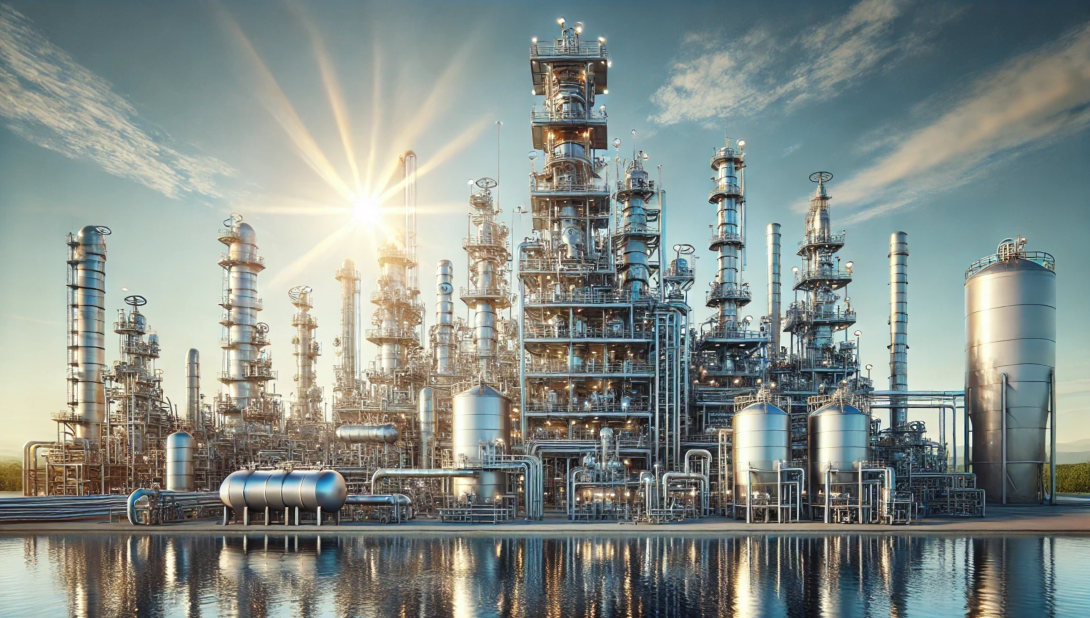Ask Greg McMillan

We ask Greg:
What role do you see dynamic simulation playing in the future of developing the best maximization of reactor production rate?
Greg's Response:
Production rate can be maximized by a valve position controller (VPC) monitoring coolant valve position. The VPC setpoint is the maximum desirable valve position, and the VPC process variable is the jacket temperature controller output. The use of actual valve position is unnecessary if the coolant valve has a digital positioner. The maximum throttle position setpoint keeps the coolant valve near a point on the installed flow characteristic that has sufficient slope (valve gain) to correct for disturbances. Signal characterization can be used to linearize installed flow characteristic. The output of the VPC for a liquid reactor trims the setpoint of the “leader” reactant flow controller and for a mixed phase reactor trims the setpoint of the liquid and gas reactant flow controller for liquid and gas products, respectively. An enhanced PID with external-reset feedback (dynamic reset limiting) for the VPC eliminates limit cycles from coolant valve backlash, reduces interaction between the VPC and the jacket temperature controller, and enables smoother optimization with faster correction for large disturbances by directional move suppression. Directional move suppression by means of rate limits on the manipulated feed flow setpoints enables a gradual optimization and fast correction for abnormal conditions.
A reactant feed flow set point rate limit would be fast for correcting an increase in valve coolant position to prevent running out of valve for high heat releases. The setpoint rate limit would be slower for the opposite direction to provide a more gradual optimization. External-reset feedback in the PID automatically prevents integral action from driving the VPC PID output faster than rate limits allow or the feed flow can respond. To see the increase in production rate in fed-batch operation from a higher feed rate, either the batch cycle time must be allowed to decrease or the batch mass to increase. See ISA-TR5.9-2023 PID Algorithms and Performance Technical Report for more details on external-reset feedback.
A dynamic simulation that includes external-reset feedback, all the phases, process time constants, mixing delays, measurement and valve 5Rs, installed flow characteristic, and all thermal time constants is critical for detailing and tuning the best control strategy.
For much more knowledge, see the ISA book Advances in Reactor Measurement and Control (use promo code ISAGM10 for a 10% discount on Greg’s ISA books).
Top Ten Mistakes made in Maximizing Reactor Production Rate
- Model predictive control (MPC) is used that does not have the aggressive feedback proportional and derivative action needed to prevent a runaway reaction.
- Real time optimization (RTO) is used that does not account for the positive feedback in exothermic reactions needed to prevent a runaway reaction.
- Valve position control (VPC) setpoint is too close to coolant valve output limit.
- Valve position control (VPC) setpoint is on flat part of coolant installed flow characteristic.
- Quick opening installed flow characteristic from small valve to system pressure drop ratio.
- Oversized coolant valve causing operation near closed position resulting in on-off control.
- Tight shutoff coolant valve and tight or graphoil valve packing causing excessive stiction.
- Limit cycle from coolant valve backlash and integral action in VPC and valve positioner.
- Running out of coolant valve from VPC tuning 10 times slower than reactor PID tuning.
- Not using directional move suppression for smooth gradual optimization with fast getaway.
